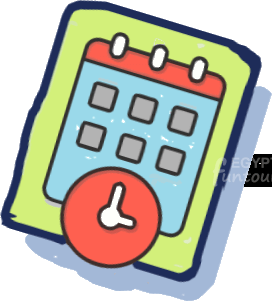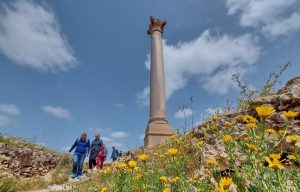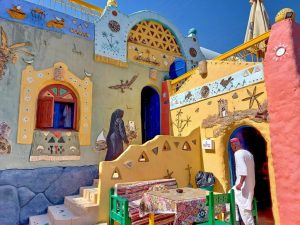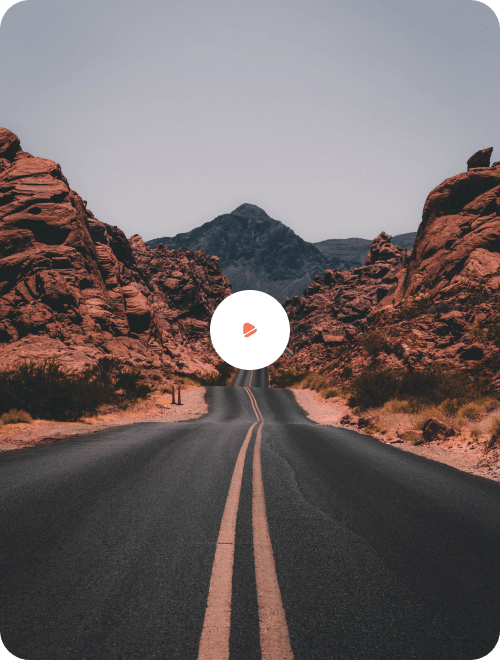Islamic Period (641 – 1517 A.D) – NMEC
This is a list of all the Islamic period artifacts on display in the National Museum of Egyptian Civilization.
In 21 AH / 642 A.D., Egypt became an Islamic state associated with the Rashidun Caliphate’s headquarters in Medina. Since that time, Egypt has served as the wellspring of Islamic culture and civilization, moving through the Abbaside, Tulunid, Ayyubid, and Mamluk Sultanates on its way to the Muhammad Ali dynasty.
Furthermore, Egypt became a breeding ground for scientists, academics, and authors, as well as one of the Islamic world’s most important cultural hubs, where architectural and creative features developed: religious, civil, philanthropic, and military.
Glass and lamps, woodwork, and lathe wood thrived, as did weaving, ceramics, and pottery. Inlaying, grooving, and bracing were among the metalworking techniques used by Muslim artists. Some of these Islamic period artifacts as displayed in the NMEC.
The Mashrabiya became an architectural and decorative element, as well as one of the most significant sources of natural illumination because it enables sunlight to travel through the structure, providing both lighting and ventilation. It also allows ladies to view outdoors without being noticed by people on the outside.
Despite its impact on many oriental and European structures, the Mashrabiyas is one of the features of Egyptian urban architecture that we cannot discover in other nations.
In addition to inlaying, grooving, and bracing, the Muslim artist was a master of metalworking. Various disciplines of science, such as medicine, astronomy, and chemistry, as well as nature, developed throughout the Islamic civilization in Egypt.
Many styles of Arabic calligraphy were invented here, including the Kufic, Naskh, and Thuluth, which may be seen on the walls of numerous structures, as well as the decoration of objects and manuscripts.
Islamic Coins
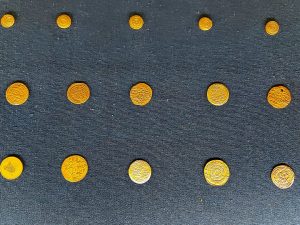
The Dinar was made of gold and weighed 4.25 mg, the Dirham was made of silver and weighed 2.75 gm, and the Fils was made of copper or bronze and weighed 2.75 gm.
Early Islamic coins were inscribed with verses from the Holy Qur’an and religious witness, followed by the coin’s Mintmarks.
Sultans’ names and titles have been engraved on it since the Ayyubid and Mamluk periods, and its weight has been measured with glass casts before being distributed.
3rd to 13th century AH / 9th to 19th century A.D / Gold, Silver, Copper, and Glass
Textile of the Islamic Period Artifacts in NMEC
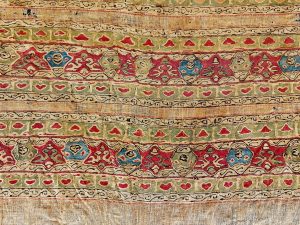
Textile manufacturing prospered throughout the Islamic period, particularly in the first Islamic capital (Fustat). The textile products reflected the wealth of the Fatimid period, attracting the attention of style houses at the time.
Their design was characterized by embroidered decorative bands, which were typically one or two horizontal rows of Kufi text with medallion and drawings, or two opposite lines (mirror) that carried the Caliph’s name, rank, ancestors, and date, or three embroidered bands are woven with silk towards the end of the Fatimid period, it evolved to four bands, while in Mamluk period, it included the prince’s blazons.
Periods of Fatimid – Mamluk – 5th – 8th centuries AH / 11th – 14th centuries A.D
Brazons on Textiles
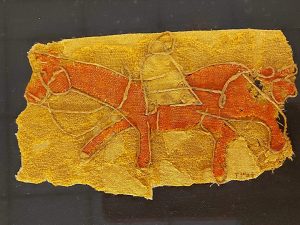
Brazons were a feature of the Islamic period artifacts that were prominent on textiles during the Mamluk Period, and their depiction indicated the most important jobs undertaken by the trusted Mamluk princes.
Among the most important of these jobs was that of the “Jukandar,” who is responsible for carrying the Polo stick and acting as butler; symbolized the cup. The blazon depicting a mule or donkey carrying a box or bag denotes the person in charge of the Sultan’s mail.
The Mamluk period – 8th century AH / 14th century AD.
Epaggelia
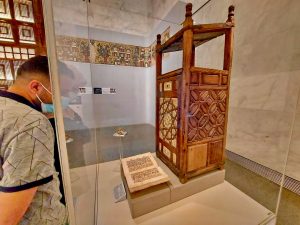
“Epaggelia” means “place of the bible,” and it is used to place holy books like the Bible.
This magnificent one is decorated with star polygons, as well as some plant and animal units, and it is also distinguished by the decoration of a lion hunting its prey, which was one of the primary artistic themes inherited from ancient Egyptian civilization.
Between the thirteenth and fourteenth centuries A.D. / Prince Tadrus, Haret El Roum / Wood – Ivory – Bones
A group of Ceramic Vessels

A set of Fatimid period ceramic jars with metallic shine, painted with scenes of playing and singing, forms of birds and animals inside various geometric units, exquisite flower embellishments, and inscriptions in floral Kufic script.
These containers were utilized in public areas and in people’s homes.
Fatimid Period (5th-century AH-11th century AD) / Ceramic
The pulpit of the mosque of Abu Bakr bin Mazhar

Abu Bakr Mazhar was the Chancellor of the Mamluk Sultan Al-Ashraf Qaitbay. He erected a mosque at al-Gamaleya, and its wooden pulpit is characterized by its numerous embellishments, particularly the star polygon shapes inlaid with ivory, mother-of-pearl, folial designs, and inscriptions in Kufic writing.
El-Gamaleya, Cairo / Mamluk Period, 1479 AD / Ebony and Mahogany wood
Islamic Metalwork
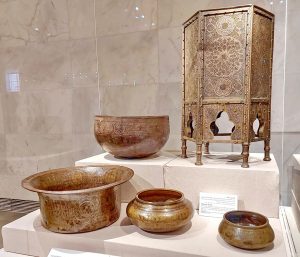
During the Mamluk period, when copper and baser metals were widely used, Islamic metalwork had a wide range of functions and uses.
For example, food bowls with unique engravings on the outside and inside, as well as side tables made of copper and inlaid with gold and silver; which were used in homes to carry food trays or in mosques to carry the holy Quran; these were decorated with floral ornaments and complex geometric shapes made up of star shapes and knots, in addition to Kufi and Naskh text.
Period of the Mamluks: 8th century AH – 14th century AD / Copper – Silver
“The Holy Qur’an” Parts Box

A box constructed of wood and copper with gold and silver inlay for keeping sections of the Holy Qur’an. The box is adorned with Mamluk Naskh and Kufic calligraphy passages from the Holy Qur’an.
This box is divided into two halves, each with fifteen squares, which corresponds to the number of parts in the Holy Qur’an. It is credited to the Mamluk Sultan “al-Nasir Muhammad Ibn Qalawun”/ Mamluk Period 8th century AH / 14th century AD / Wood – Copper – Gold – Silver.
Mamluk Lamps
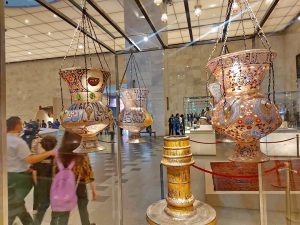
During the Mamluk period, a set of glass lamps painted with multi-colored enamel were used to illuminate religious institutions.
Floral embellishments and inscriptions in the Naskh script, which are primarily based on the Ayat al-Nur, identify these lights.
A cotton or linen wick was put within a glass container containing clean oil, generally olive oil, to light these lights. The Sultan Hassan School, Al-Nasir Muhammad Ibn Qalawun School, and Al-Zahir Barquq School are all represented by this set of lamps.
Period of the Mamluks: 8th to 14th centuries AD / Glass
Box of the Holy Qur’an
The Holy Qur’an was kept safe in this massive box. It is adorned with Mamluk Naskh writing bands and the Sultan’s title “Qansuh al-Ghuri.
” Perhaps it was constructed for al-school Ghuri’s and mosque on al-Muizz Street between 909 and 910 AH / 1503 and 1504 AD.
Sultan Qansuh al-Ghuri (1441-1515 AD), Mamluk Period / Wood – Pigment
Basin and Ewer
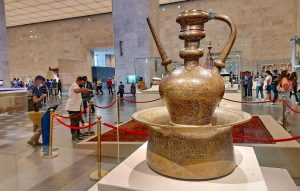
Since Pharaonic Egypt, the basin and the ewer have been among the most fundamental instruments for cleansing and washing the face and hands.
The beautiful floral and calligraphic patterns inlaid with silver that adorn the basin from the exterior and interior identify this basin and its ewer.
Period of the Mamluks (1250 – 1517 AD)
Wooden Door
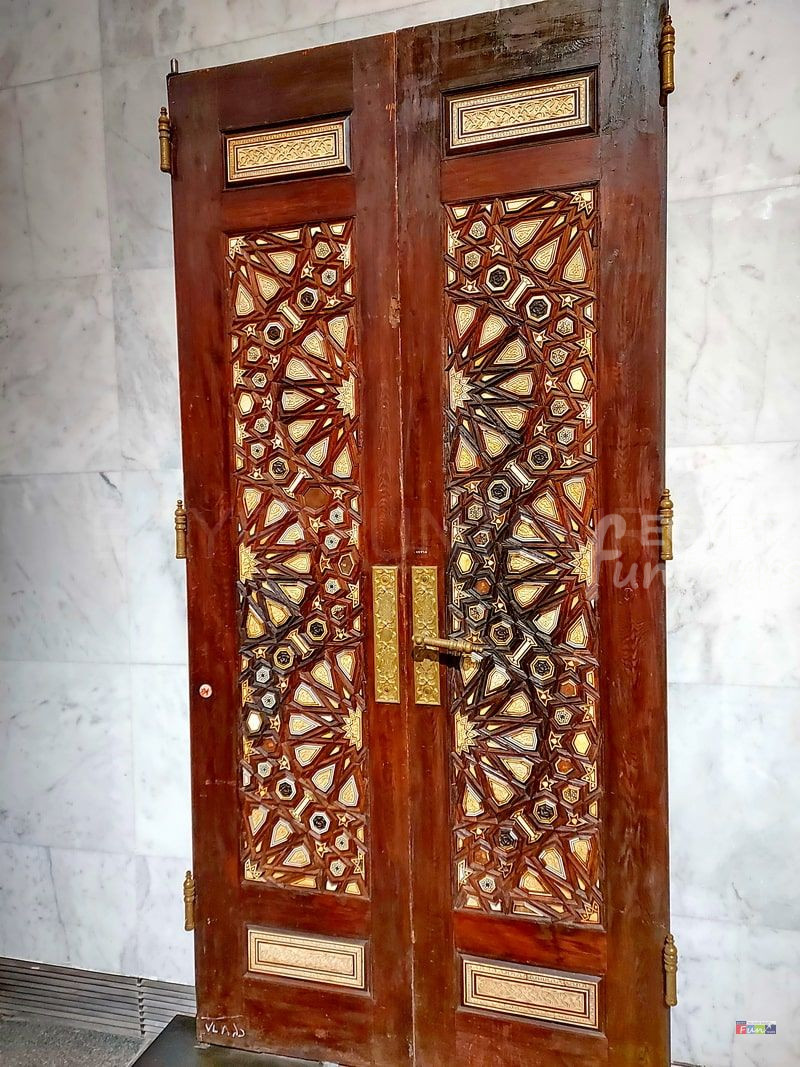
A door constructed of turning wood inlaid with ivory, divided into three sections with polygon pattern recognized in the Islamic period to explain the Egyptian carpenter of geometrical ornamentation.
13th and 14th centuries
Astrolabe

The astrolabe was created by the Greek astronomer Apollonius in the second century BCE, and it was further refined by Theon of Alexandria towards the end of the fourth century AD.
The Arab astronomers added angles and azimuth circles to it. Abu Ishaq al-Fazari was the first in the Islamic world to create the Astrolabe in the 7th century AD., while Maryam al-Astrolabie devised the sophisticated Astrolabe in the 10th century AD.
The Astrolabe is a portable model of the universe that is made up of many components, including a disc, plate, net, and observer.
The Astrolabe has over 1000 applications, including measuring the height above the horizon of any celestial body at night or day, calculating the locations of stars or planets and latitude on land or sea, measuring angles and directions in maritime navigation, and determining time and prayer times.
This Astrolabe is made of copper and was used to make astronomical measurements and also in measuring angles and directions in marine navigation. 17th century AD / Youssef Kamal Basha’s endowment/copper
The Mahmal

During the reign of Sultana “Shajar al-Dur,” the Mahmal procession was headed by “the camel of al-Mahmal,” which carried an empty Hodge containing two silver boxes containing two volumes of The Holy Qur’an, and was followed by the Mahmal procession bearing the “Kiswa” and guarded by the soldiers.
Pieces of fabric embroidered with passages from the Holy Qur’an and silver crescents from the outside were used to cover the Hodge. Abbas Helmi II, Khedive (1892 – 1914)
Th Holy Qur’an
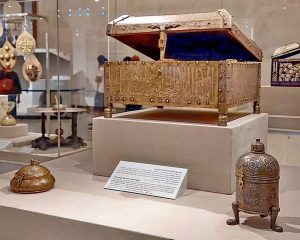
Muslim artisans are used to treating Quran volumes with respect, binding them in fine leather, and embellishing the book’s beginning (Surat Al-Fatiha) with exquisite geometric and botanical designs.
19th century AD / Holdings of the Alawite dynasty.
Carpet from the Ottoman Empire

The ground carpet is mostly red and brown in color, with rectangular and delicate floral and geometric patterns. During the Ottoman period, this style of carpet was found in mosques and households.
The Modern age, 19th century.
Water Ewers in the “Mahallawi” Style
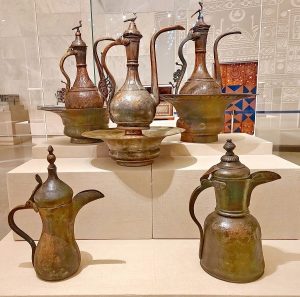
A collection of “Mahallawi” ewers from the city of “Mahalla al-Kubra,” ewers were used for washing before the widespread usage of water taps and were frequently adorned with bird patterns, making them an important component of the bride’s trousseau.
The above-mentioned treasures are on exhibit in the National Museum of Civilization as of October 2021, and you can have a magnificent guided tour of this Museum with Egypt Fun Tours by purchasing one of our Egypt Vacation Packages, or “for Egyptian residents, check Cairo Tours & Excursions.”
Tour to National Museum of Egyptian Civilization (NMEC) & Royal Mummies Exhibit




